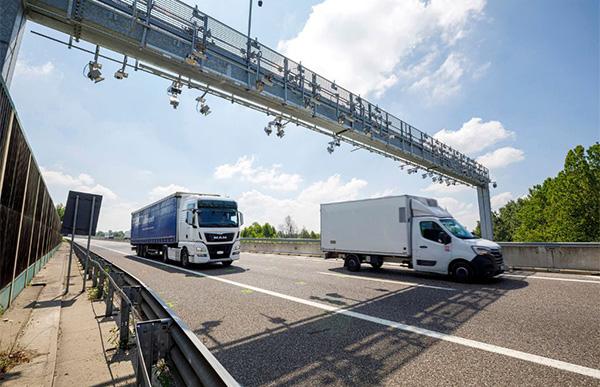How Red Light Traffic Cameras and Automatic License Plate Recognition Improve Road Safety

In today’s increasingly urbanized and traffic-heavy environments, ensuring road safety and effective law enforcement has become a growing challenge. Technologies like red light traffic cameras and automatic license plate recognition (ALPR) have emerged as powerful tools to combat violations and enhance roadway compliance. These systems not only capture offenders in real-time but also integrate with broader smart city infrastructure to aid in public safety, traffic flow, and investigative efforts.
Understanding Red Light Traffic Cameras and ALPR Technology
Both red light traffic cameras and automatic license plate recognition systems play a vital role in today’s intelligent traffic enforcement. While red light cameras monitor and record vehicles running red lights, ALPR systems identify and track vehicles using optical character recognition on license plates.
What Are Red Light Traffic Cameras?
Red light traffic cameras are automated systems installed at signalized intersections. Their primary function is to detect and photograph vehicles that enter an intersection after the traffic signal turns red.
How Red Light Cameras Work
These systems typically include:
-
A sensor that detects vehicle movement when the light is red.
-
A high-resolution camera capturing license plate images.
-
Time-stamping to prove violations with photographic evidence.
This setup ensures that enforcement agencies have solid evidence to penalize violators and deter unsafe driving behavior.
What Is Automatic License Plate Recognition?
Automatic license plate recognition (ALPR) is a technology that uses high-speed cameras and software to capture and analyze license plate information from moving or parked vehicles.
Core Functions of ALPR Systems
ALPR systems are commonly used for:
-
Real-time traffic monitoring
-
Toll collection automation
-
Stolen vehicle detection
-
Parking management and enforcement
By capturing plates from multiple angles and under varying light conditions, ALPR systems ensure consistent identification, even in high-speed or low-visibility environments.
Benefits of Integrating Red Light Cameras and ALPR
Combining red light traffic cameras with automatic license plate recognition amplifies the effectiveness of urban traffic enforcement and safety protocols.
Enhanced Safety and Reduced Violations
Together, these systems:
-
Lower intersection-related accidents
-
Deter habitual traffic offenders
-
Allow immediate violation processing
-
Assist in criminal investigations using license data
The result is a safer and more orderly traffic ecosystem.
Role in Smart Cities and ITS
In modern Intelligent Transportation Systems (ITS), data collected from these technologies is used for:
-
Traffic pattern analysis
-
Incident response optimization
-
Urban planning and congestion management
-
Integrated law enforcement
Such integration provides actionable insights that city planners and law enforcement agencies can use to build safer and more efficient roads.
Conclusion
The strategic deployment of red light traffic cameras and automatic license plate recognition systems has revolutionized the way traffic laws are enforced and road safety is maintained. These technologies not only detect and deter violations but also contribute to larger frameworks of public security, smart city development, and real-time data analytics.
Whether reducing accidents or improving traffic flow, these systems stand at the forefront of innovation in transportation safety.
FAQs
Q1: Are red light traffic cameras legal in all cities?
A: Laws vary by region. Some cities have fully adopted them while others have restricted or banned their use.
Q2: Can ALPR systems read all types of license plates?
A: Most modern ALPR systems are designed to read standard and specialty plates, even in low-light conditions.
Q3: How do red light cameras differentiate between legal and illegal turns?
A: These systems use embedded road sensors and timing algorithms to detect violations based on signal phases.
Q4: What happens after a red light violation is captured?
A: A citation is usually mailed to the registered vehicle owner along with photographic evidence.
Q5: Is my privacy at risk with ALPR systems?
A: Most systems are regulated and only used for legitimate law enforcement and public safety purposes.
- Art
- Causes
- Crafts
- Dance
- Drinks
- Film
- Fitness
- Food
- Spiele
- Gardening
- Health
- Home
- Literature
- Music
- Networking
- Other
- Party
- Religion
- Shopping
- Sports
- Theater
- Wellness
